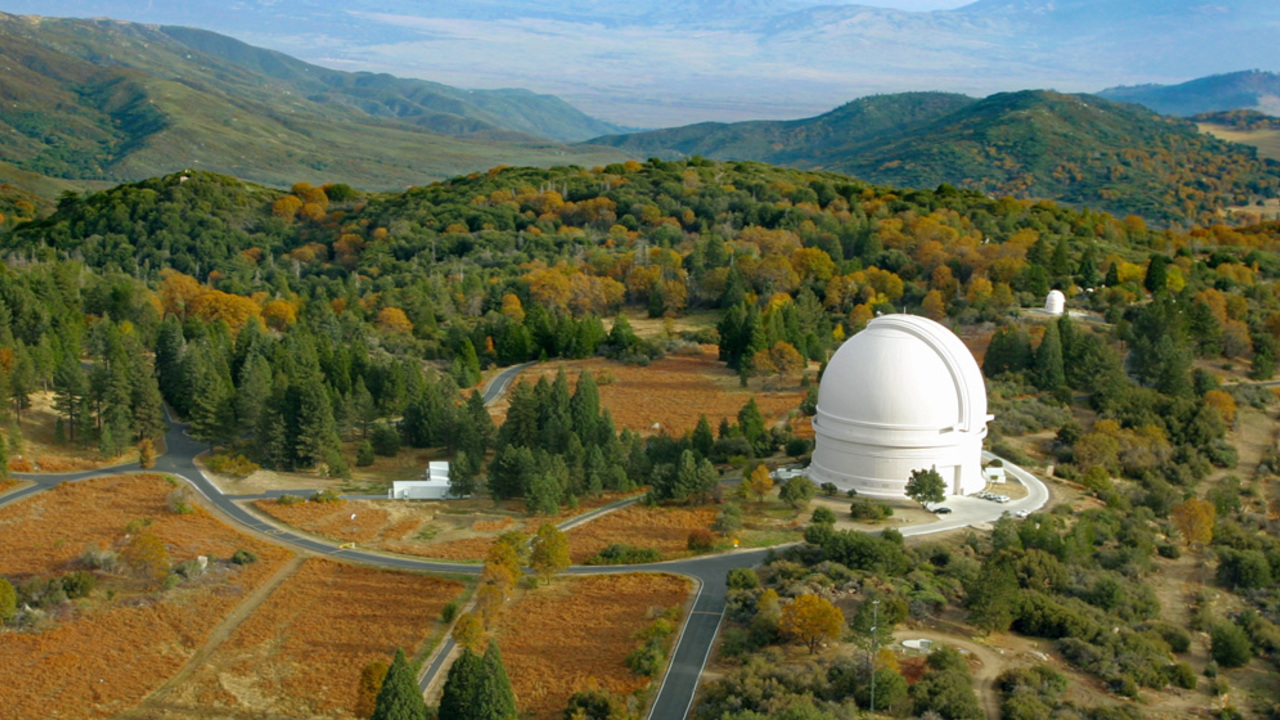Overview:
The Zwicky Transient Facility (ZTF) is a new time-domain survey with first light at Palomar Observatory in 2017. Building on the highly successful legacy of the Palomar Transient Factory (PTF), ZTF uses a new camera with a 47 square degree field of view mounted on the Samuel Oschin 48-inch (1.2m) Schmidt telescope. The new camera (16 elements of 6k x 6k CCDs) enables a full scan of the northern visible sky every night. ZTF's extremely wide field and fast readout electronics will enable a survey more than an order of magnitude faster than that of PTF. ZTF will search and catalog rare and exotic transients and its data will drive novel studies of supernovae, variable stars, binaries, AGN, and asteroids.
The PTF and ZTF Science Data Systems are housed at IPAC. These consist of the data processing pipelines, data archives, infrastructure for long-term curation, and the user services for data retrieval. IPAC also delivers a transient event stream to the science collaboration and project partners to enable rapid follow-up in near real-time. IPAC scientists and engineers contribute significantly to pipeline development, quality assurance, and maintenance of the archive system prior to public distribution of the data. In particular, ZTF will accumulate data at a rate 15x faster than PTF and result in an archive exceeding 3 PetaBytes following its nominal three year survey. IPAC is currently devoting much research and development to handling such “big-data”. A major challenge is developing the tools to access and serve this data to the astronomical community.










